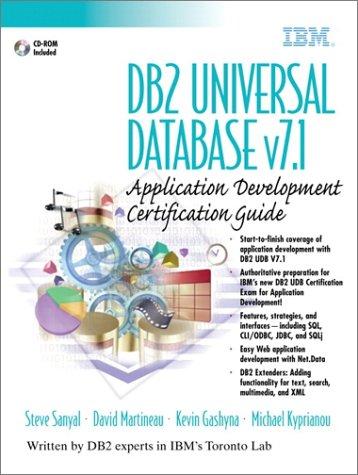Question
Hello can someone help I receive a (0) on this assignment? Page Layout With CSS Overview You have created your Web pages, navigation, and text
Hello can someone help I receive a (0) on this assignment?
Page Layout With CSS
Overview
You have created your Web pages, navigation, and text that use CSS. Now it is time to concentrate on how CSS can control page layout to ensure consistency across all pages. It is also time to customize the layout of each page to appropriately accommodate content using CSS.
In this assignment, you will create a liquid layout for your site and add the final text copy to your pages while ensuring the same level of consistency across all of the pages through CSS. Liquid layouts are designed to resize the page components as the page width changes. Regardless of the browser width or device width, the user will not have to do any horizontal scrolling as all of the page components will be resized to fit the elements within the page width. This liquid layout would apply to all pages and all sections of the page including the header, navigation, content, and footer areas.
Directions
Complete the following:
Amend the content section of each of the following pages using CSS as described below:
About Us: Create a CSS-formatted table with a header, rows, columns, and cells, and populate it with content.
Services: Add at least two dynamic-width columns.
Contact Us: Create multiple rows.
Homepage: Create both rows and columns.
Use CSS to format how the HTML document is rendered in the Web browser based on liquid layouts such as the header, navigation, and footer. Each of these sections should resize based on the browser width.
Make sure you do the following:
Create a table that properly displays data.
Submit code that is error free, well documented, and appropriately constructed.
Use CSS to define how HTML elements are displayed on a Web page per specifications.
Create custom layouts for individual page content areas.
Write developer comments to describe and explain code.
Once completed, view your pages in your selected Web browsers to see if the content renders appropriately and consistently within each. Next, ensure that your HTML code is HTML5 compliant and your CSS code is valid. You may use the Markup Validation Service for testing the former and CSS Validation Service for testing the latter, both from W3C. Important: Take a screen capture of each of your validation results and save it for submission.
Note: Errors from the validation should be fixed. However, warnings do not need to be fixed but should be reviewed. Fix the issues from the top down as one error can cascade into 20 other errors.
Submission Requirements
Submit your work in the courseroom using a single Zip file containing the following:
All page files.
Image_and_url.doc. Include a Word document with:
The URLs for each of your pages.
The names of the browsers you used to view the pages.
Pasted image from your validation screen capture.
Any ancillary files such as graphic or photos you may have decided to include.
Upload your Web site files to your Web hosting
Step by Step Solution
There are 3 Steps involved in it
Step: 1

Get Instant Access to Expert-Tailored Solutions
See step-by-step solutions with expert insights and AI powered tools for academic success
Step: 2

Step: 3

Ace Your Homework with AI
Get the answers you need in no time with our AI-driven, step-by-step assistance
Get Started


